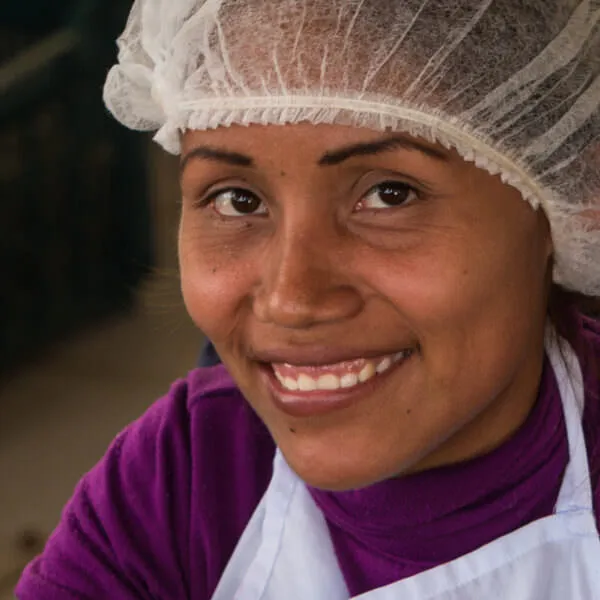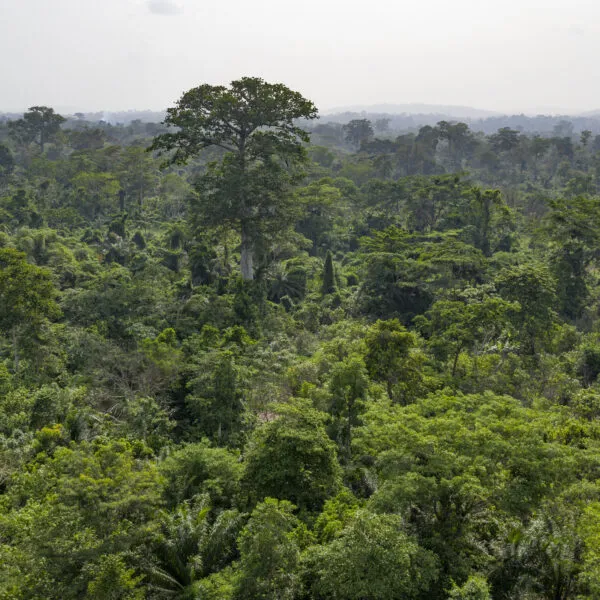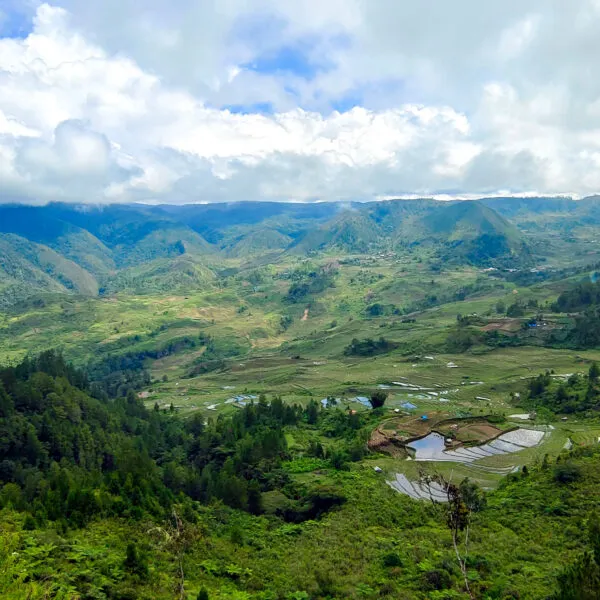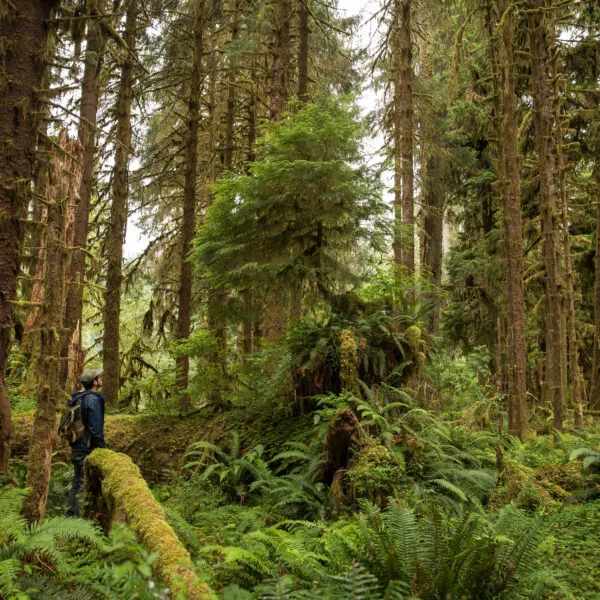After decades of struggle for land rights, Peru’s indigenous communities now own approximately 15 million hectares of the country’s roughly 70 million hectares of mega-diverse Amazon forestlands. While securing rights is a key first step, tenure alone will not keep forests standing. Growing global demand for gold, petroleum, cocoa, timber, and oil palm is causing widespread deforestation and environmental degradation in indigenous territories. Expansion of these industries–typically without appropriate consultation and engagement–is a source of growing social conflict and unrest, further marginalizing indigenous peoples and their unique needs and worldviews. As the Amazon is further integrated into the global economy in the coming decades, expansion of business-as-usual economic growth will drastically erode indigenous cultural integrity and undermine forest ecosystem services.
Yet there is cause for hope. A growing number of Peru’s indigenous communities are building sustainable natural-resource based enterprises and marketing products that keep forests standing and balance their traditional forms of living with engagement in the global marketplace. Examples from across the Peruvian Amazon in various value chains–timber, non-timber forest products, agroforestry products, aquaculture, and ecotourism–are showing the way.
Location
Peru, with future goals to expand to other countries in the Amazon
Project Objectives
- Establish a new model for economic growth to halt deforestation and improve the lives of indigenous peoples.
- Redefine how markets are created, how community enterprises are built, and how forest and climate finance flows, resulting in advanced indigenous peoples’ livelihoods, halted deforestation, and maintenance of natural forest landscape ecosystem functions in the Amazon.
- Building from existing successes, a group of indigenous communities in Peru will consolidate a new model for market engagement that drives green growth, respects and strengthens indigenous traditions, protects Peru’s climate, waters and biodiversity, and makes the regions indigenous peoples and forests more resilient to climate and market shocks.
Partner communities
While this project aims to improve the livelihoods of indigenous populations in Peru in its initial implementation phases, the economic and social benefits will extend beyond those communities with great potential to create positive outcomes for the entire country and beyond.
Goals/Desired Impacts
Transforming Indigenous Economies will enhance delivery of Peru’s commitments to zero-deforestation targets both domestically and internationally. This new model for sustainable and inclusive economic growth aims to achieve Nationally Determined Contribution (NDC) targets, keep forests standing, and secure traditional livelihoods in the Amazon. The project aims to improve livelihoods and reduce deforestation across a critical mass of Peru’s indigenous communities; specific goals target halting forest degradation and deforestation on at least 5 million hectares of threatened indigenous territories, and improving the livelihoods of 50,000 people in 200 communities.
Partner Organizations
- Asociación Interétnica de Desarrollo de la Selva Peruana (AIDESEP)
- Local indigenous federations
- Producer associations
- Government agencies
- National and international company partners
Rainforest Alliance Contact
Anne Ulizio aulizio@ra.org



